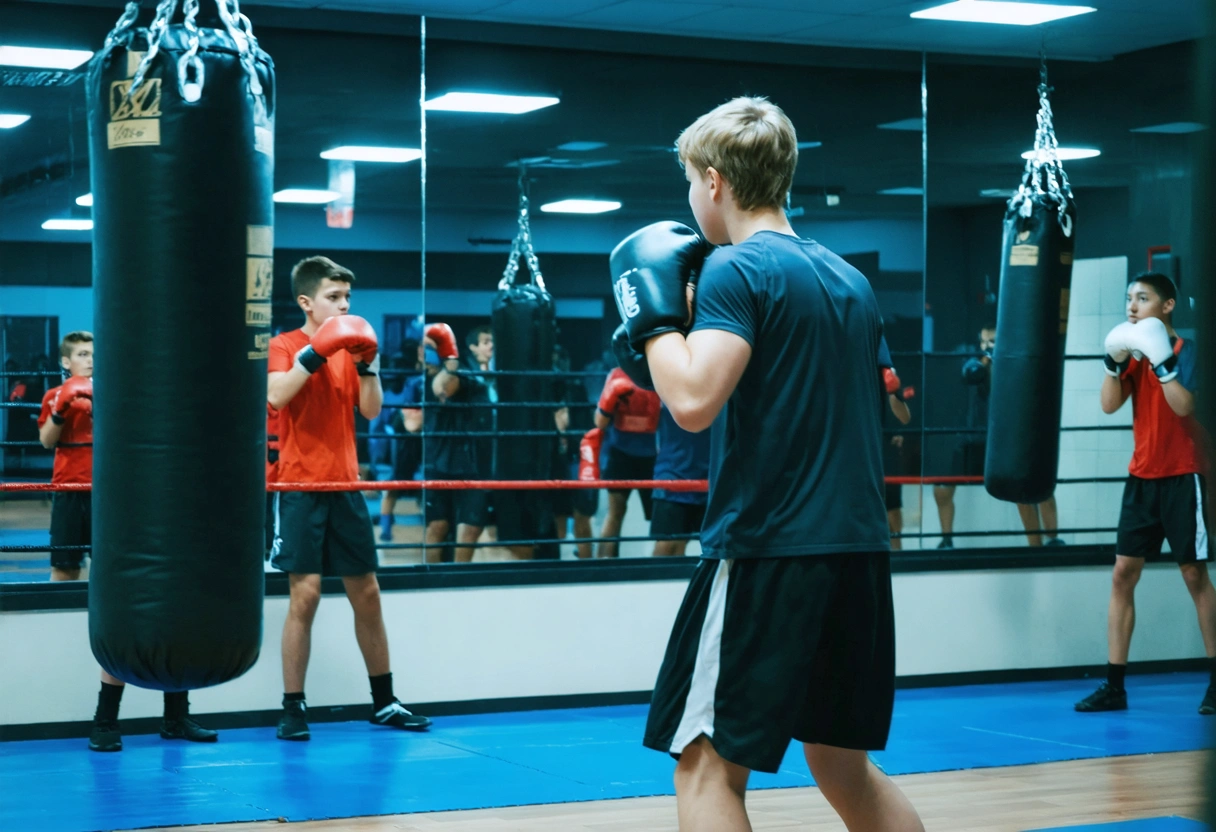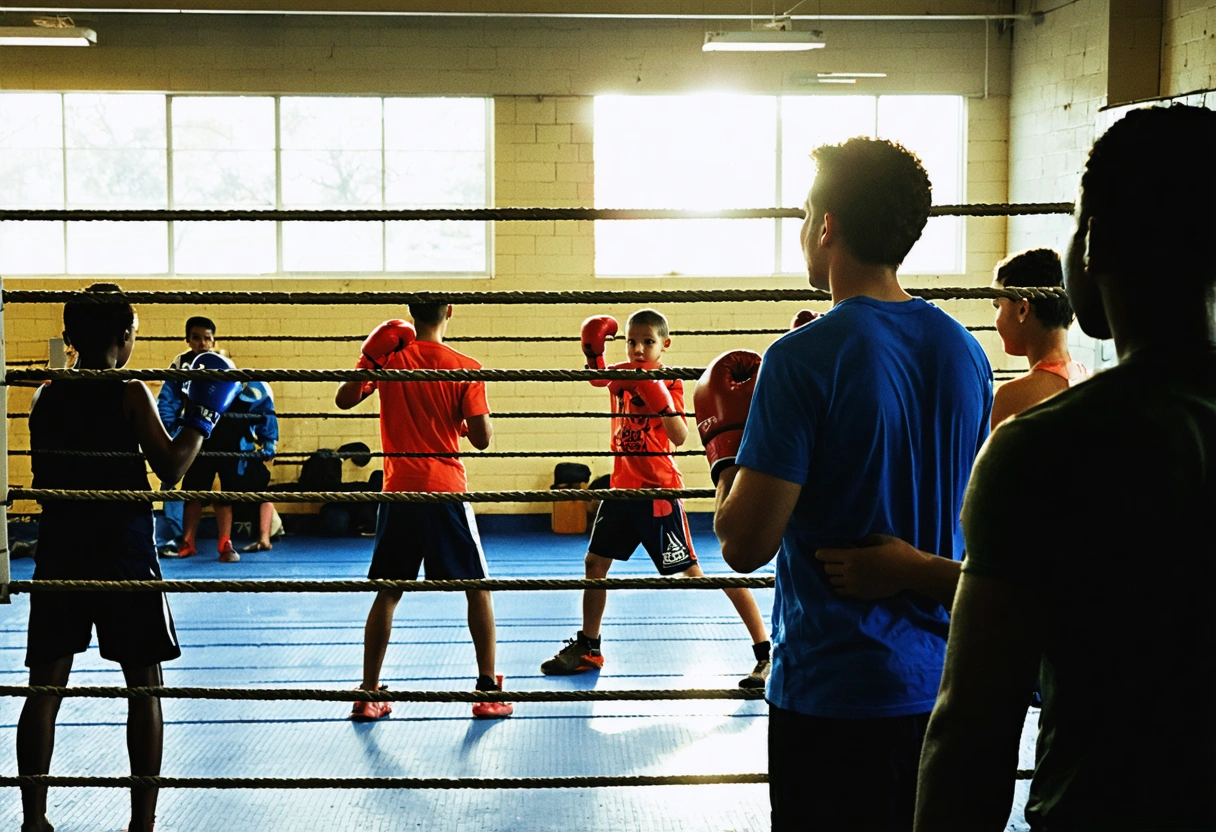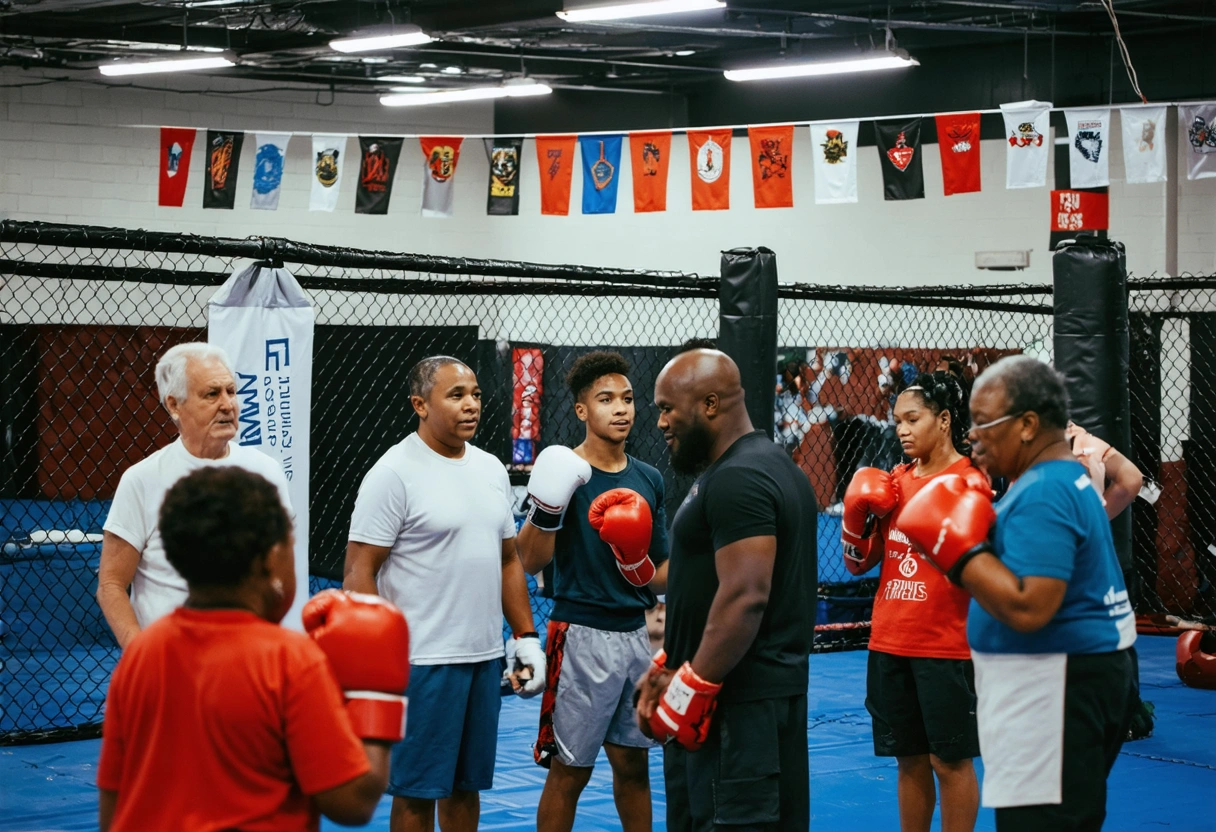Fostering Discipline and Confidence in Today’s Youth Through Boxing: A Comprehensive Guide
In a world that often feels fast-paced and unpredictable, finding meaningful ways to nurture discipline and confidence in young people is more crucial than ever. Community leaders, parents, and educators continually seek innovative approaches to guide youth towards positive self-development. Among the many avenues available, boxing stands out as a time-honored discipline that offers a unique blend of physical fitness, mental resilience, and character building. This comprehensive guide explores the transformative impact of boxing on today’s youth, delving into its history, psychological benefits, practical implementation, and real-world success stories. Whether you’re a parent, coach, youth worker, or simply passionate about community development, this guide will offer valuable insights into how boxing can be a catalyst for positive change.
Boxing is often misunderstood as a sport centered solely around aggression and competition. However, beneath its surface lies a profound methodology for personal growth, especially for young people navigating the complexities of adolescence. Through structured training, mentorship, and a focus on self-improvement, boxing fosters discipline, self-confidence, respect, and resilience—qualities that are essential for success in and out of the ring. Let’s explore how boxing can empower today’s youth and how communities can effectively implement boxing programs to create lasting, positive impact.
The Historical Foundation of Boxing as a Tool for Youth Development
Boxing’s roots can be traced back thousands of years, with evidence of its practice found in ancient civilizations such as Greece and Rome. Historically, it has always been more than a sport—it’s been a means of teaching discipline, focus, and perseverance. In the 20th century, boxing gyms became safe havens for at-risk youth, offering structure and guidance in neighborhoods where such support systems were often lacking. Renowned figures like Muhammad Ali and Joe Frazier are prime examples of individuals who rose from humble beginnings, using boxing as a vehicle for personal and social transformation.
Modern boxing continues this legacy, serving as a bridge between generations and cultures. Community boxing gyms often act as sanctuaries where young people can escape negative influences and build meaningful relationships with mentors. These environments emphasize respect, sportsmanship, and the importance of hard work—values that extend far beyond the ring. As outlined by the Encyclopaedia Britannica’s detailed history of boxing, the sport’s evolution has always included a strong focus on character development and community engagement.
Building Discipline through Structured Training

One of boxing’s most significant contributions to youth development is the cultivation of discipline. Training routines are rigorous and demand consistency, punctuality, and a strong work ethic. Young athletes learn to balance their time between school, training, and personal commitments, developing vital organizational skills along the way.
Boxing coaches play a pivotal role in instilling discipline. They set clear expectations, enforce rules, and provide immediate feedback—mirroring the kind of structured guidance that many youths crave. For example, missing a training session or showing up late has immediate consequences, teaching accountability and responsibility. Over time, these habits become ingrained, influencing other areas of life such as academics and family relationships.
Furthermore, the repetitive nature of boxing drills—such as shadowboxing, footwork patterns, and bag work—requires patience and persistence. Youths quickly learn that improvement comes not from sporadic bursts of effort, but from consistent, dedicated practice. According to the CDC’s guidelines for physical activity in youth, structured sports like boxing can significantly enhance self-regulation and long-term goal-setting skills.
Boosting Confidence: The Psychology of Success in the Ring
Confidence is not simply a byproduct of talent or physical prowess—it is built through overcoming challenges and recognizing one’s own progress. Boxing provides a safe, controlled environment where young people can confront their fears, test their limits, and celebrate incremental victories. Each mastered technique, successful sparring session, or completed workout serves as tangible evidence of growth, reinforcing self-belief.
Boxing is also uniquely positioned to help youth manage anxiety, stress, and even depression. The sport demands mental toughness and emotional control, teaching participants to remain calm and focused under pressure. This psychological resilience is invaluable, equipping young boxers to handle academic exams, social situations, and life’s inevitable setbacks with greater poise. The Psychology Today article on sports and self-esteem highlights how participation in structured athletic activities like boxing is directly linked to increased confidence and emotional well-being.

Moreover, the supportive atmosphere of a boxing gym plays a significant role. Coaches and peers celebrate each other’s achievements, creating a sense of belonging and validation. For youths who may struggle with self-image or social anxiety, these positive affirmations can be transformative, helping them to view themselves in a more positive light.
Implementing Boxing Programs in Community and Youth Settings
For communities interested in leveraging boxing as a tool for youth development, careful planning and thoughtful execution are essential. Successful programs typically begin with a clear mission—whether it’s reducing youth delinquency, promoting physical fitness, or fostering leadership skills. Collaboration with local schools, recreation centers, and social service organizations can help identify youths who would benefit most from participation.
Key components of effective boxing programs include:
- Qualified Coaching: Coaches should be trained not only in boxing techniques but also in youth mentorship, first aid, and child safeguarding protocols.
- Safe, Inclusive Environment: Facilities must be well-maintained, and all participants should feel welcomed regardless of gender, background, or skill level.
- Holistic Curriculum: The best programs integrate physical training with life skills workshops, academic support, and community service opportunities.
- Parental and Community Engagement: Involving families and community members creates a network of support and accountability.
- Regular Assessment: Tracking progress, both in and out of the ring, helps to tailor the program to the evolving needs of participants.
For examples of successful initiatives, the National Institutes of Health study on youth boxing programs details several case studies where boxing has contributed to improved academic performance, reduced behavioral issues, and enhanced social integration.
Boxing and Social Inclusion: Breaking Barriers in the Community

One of boxing’s most powerful attributes is its ability to bring people together, bridging gaps of race, class, and culture. The gym becomes a melting pot where differences are set aside, and mutual respect is cultivated. For disadvantaged or marginalized youths, boxing offers a sense of hope and belonging that can be life-changing.
Boxing programs that prioritize social inclusion often see remarkable transformations. Youths who might otherwise be isolated or drawn towards negative influences find themselves part of a positive peer group. They learn the value of teamwork, empathy, and mutual support. Events such as amateur tournaments, community exhibitions, and outreach initiatives further strengthen these bonds, fostering pride and community spirit. According to the United Nations Academic Impact’s discussion on boxing and social inclusion, such programs are highly effective in promoting tolerance and reducing youth violence.
Physical Health Benefits: Beyond the Obvious
While the psychological and social advantages of boxing are profound, the physical benefits are equally substantial. Regular training enhances cardiovascular fitness, muscular strength, coordination, and agility. Unlike many traditional sports, boxing requires full-body engagement, making it one of the most comprehensive workouts available.
Boxing also promotes healthy habits, including proper nutrition, hydration, and sleep routines. Coaches often educate participants on injury prevention, stretching, and recovery, equipping them with knowledge that will serve them for a lifetime. For young people facing challenges such as obesity or sedentary lifestyles, boxing offers a fun, engaging way to get active and build a positive relationship with their bodies. The Harvard Health article on boxing as a workout provides a thorough overview of its health benefits and effectiveness in combating youth inactivity.
Real-World Success Stories: Inspiring Youth Through Boxing

The transformative power of boxing is best illustrated through real-life examples. Across the globe, countless young people have found new purpose, self-worth, and direction through the sport. From inner-city gyms in New York to community centers in London and small towns in Africa, the narratives share common themes: overcoming adversity, building resilience, and finding hope.
Consider the story of Claressa Shields, who began boxing at age 11 in Flint, Michigan. Despite facing significant obstacles, including poverty and discrimination, she went on to become an Olympic gold medalist and an advocate for youth empowerment. Her journey underscores how boxing can open doors to education, career opportunities, and global recognition. Local programs often mirror these successes on a smaller scale, with participants graduating from high school, pursuing higher education, and becoming mentors themselves.
These stories are not exceptions—they are a testament to the power of community-based sports programs to change lives. Documentaries, news features, and academic studies consistently highlight the positive trajectories of young people engaged in boxing, emphasizing its role as a force for good in society.
Overcoming Challenges: Addressing Concerns and Misconceptions
Despite its many benefits, boxing is sometimes met with skepticism due to concerns about safety and aggression. It is important to address these misconceptions head-on. Modern youth boxing programs operate under strict regulations, emphasizing safety, proper technique, and non-contact drills for beginners. Sparring, when introduced, is closely supervised and matches are made based on age, weight, and skill level to minimize risk.
Research indicates that boxing, when taught responsibly, is no more dangerous than other contact sports such as football or hockey. In fact, the focus on self-control, respect, and discipline often leads to a decrease in aggressive behavior outside the ring. Education and transparency are key—parents, educators, and community leaders should be informed about the safeguards in place and the holistic approach taken by reputable programs. For a comprehensive review of safety protocols, the American Academy of Pediatrics’ guidelines on youth boxing offers valuable information for families and coaches.

How Parents and Community Leaders Can Support Youth Boxing
The success of youth boxing initiatives depends significantly on the support of parents, educators, and community stakeholders. Encouraging participation, volunteering at local gyms, and advocating for funding are all ways to contribute. Parents can reinforce the lessons learned in the gym by promoting consistency, celebrating achievements, and fostering open communication with coaches.
Community leaders can further champion these programs by collaborating with local businesses, schools, and health organizations to secure resources and raise awareness. Creating scholarships, sponsoring tournaments, and organizing outreach events can expand access and ensure that boxing remains inclusive and sustainable. As advocates, adults act as vital role models, demonstrating the community’s commitment to youth empowerment and holistic development.
Boxing as a Catalyst for Lifelong Success
Boxing is far more than a sport—it is a dynamic platform for nurturing discipline, confidence, and resilience in today’s youth. Through its time-tested combination of physical challenge, mental focus, and social connection, boxing empowers young people to strive for excellence, overcome adversity, and become leaders in their communities.
By understanding its history, embracing its holistic benefits, and supporting well-structured programs, we can ensure that boxing remains a beacon of hope and opportunity for generations to come. The stories of transformation, the evidence-based outcomes, and the sense of unity fostered within the boxing community all point to its enduring value. As we invest in our youth, let us continue to champion initiatives like boxing that inspire, uplift, and prepare our young people for lifelong success—both inside and outside the ring.

